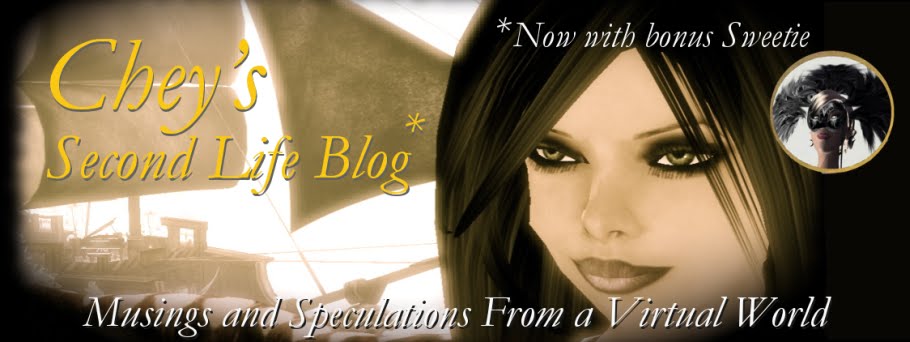Written 24 May, 2011
Part III
Music Goes Portable
I was perhaps the first person in East Tennessee to own a Sony Walkman.
I was working at a state-run developmental center as a behavior analyst, and every day I would walk between the buildings with my Walkman and earphones, enjoying my music. I had no idea the rest of the staff were talking about me until a unit supervisor said to me, "You know, people are saying you're crazy."
"I might be," I said. "If so, I'm certainly in the right place for it."
I put the headphones on her ears and let her listen for a moment.
"You're not crazy," she said.
Before long, of course, Walkman and Walkman knockoffs were being sold in Wal-Mart and K Mart and half the stoners in Tennesse had one.
The Walkman was the size of a fat paperback novel and had a formidable sound. Playing audiocassettes through a pair of pretty good headphones, it played music with an immediacy and precision that many people had never experienced. My first generation Walkman cost several hundred dollars, but before long they were $30 or so at department stores.
The significance of the Walkman, of course, was that personal libraries of music, at first limited to the house and then made semi-portable by way of the automobile, now traveled with the person. The Walkman wasn't tiny, but it would fit in a purse or a coat pocket and could be clipped to a belt, and the tapes were small, meaning users could easily carry around three or four.
The cassette Walkman was eventually replaced by the CD Walkman, but but for some reason-- maybe partially the skipping and partially confusing controls-- I never warmed to the latter. I bought one, but never really used it.
I did, nowever, buy and use an MP3 when this century was new.
The years since 2000 or so have seen widespread ripping of CDs and, for vintage material not available on CD, ripping from vinyl and audiocassette. Today, of course, downloads are by far the most popular way to buy or steal music. I've not bought a single CD since the quality of the material at Apple and Amazon reached an acceptable bit rate.
There's a problem with digital downloads, however: to make the files smaller, they're encoded in lossy formats. MP3s is one of these lossy formats, meaning material already compromised by the slow sampling rate on CDs is further dumbed down when turned into an MP3-- and the smaller the file (and the lower the bit rate), the more the music becomes thin.
By thin I mean without presence, absent of fidelity, watery, insubstantial. It lacks warmth and immediacy and highs and lows and the middle.
This significant problem is further compounded by cheap electronics and crappy earbuds which cannot reproduce highs and lows.
The result is people who, like me back in the day, have never experienced high-fidelity music.
Ripping tracks at the highest bit rate possible helps-- a lot. MP3s encoded in stereo at 320 kbps sound immensely more full and satisfactory than those ripped at 128 kbps.
Good earphones help, too. Expensive doesn't necessarily mean good, but there are some pretty good iPod-compatible models available.
It helps, too, to have a pretty good player. I have an iTouch-- but for critical listening I use my aging iRiver.
I find it sad that we live in an era of thin music. Things will get better, I'm sure-- most promising are new formats like FLAC files that don't lose information. But for now we live in an age of thin music.
 |
| The tiny drivers in these earbuds reproduce bass and treble just as faithfully as these Sony over-the-ear closed headphones. Really. |



No comments:
Post a Comment